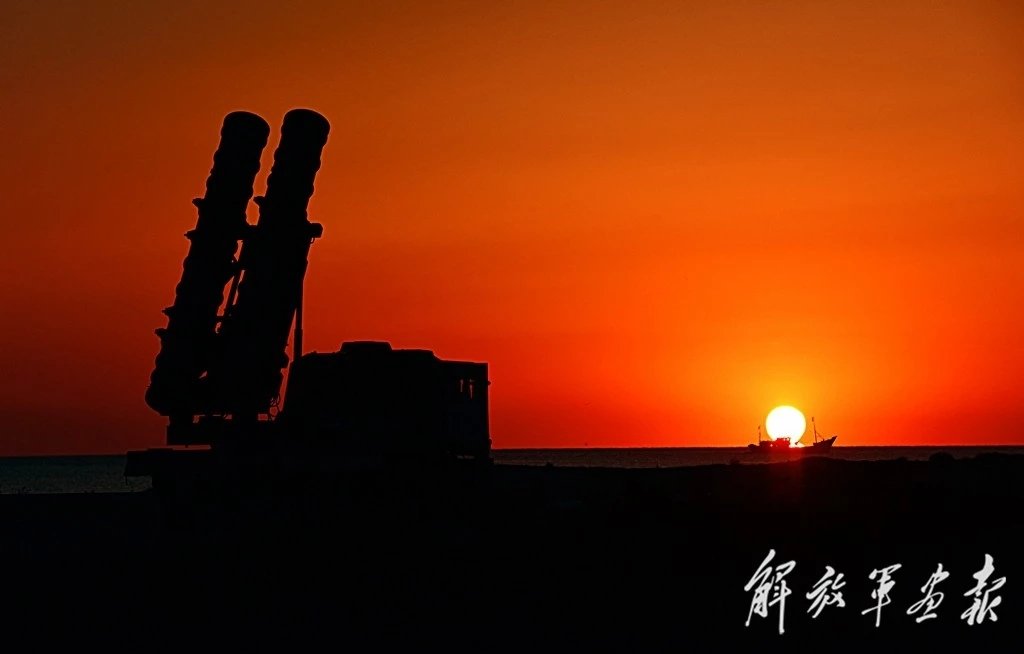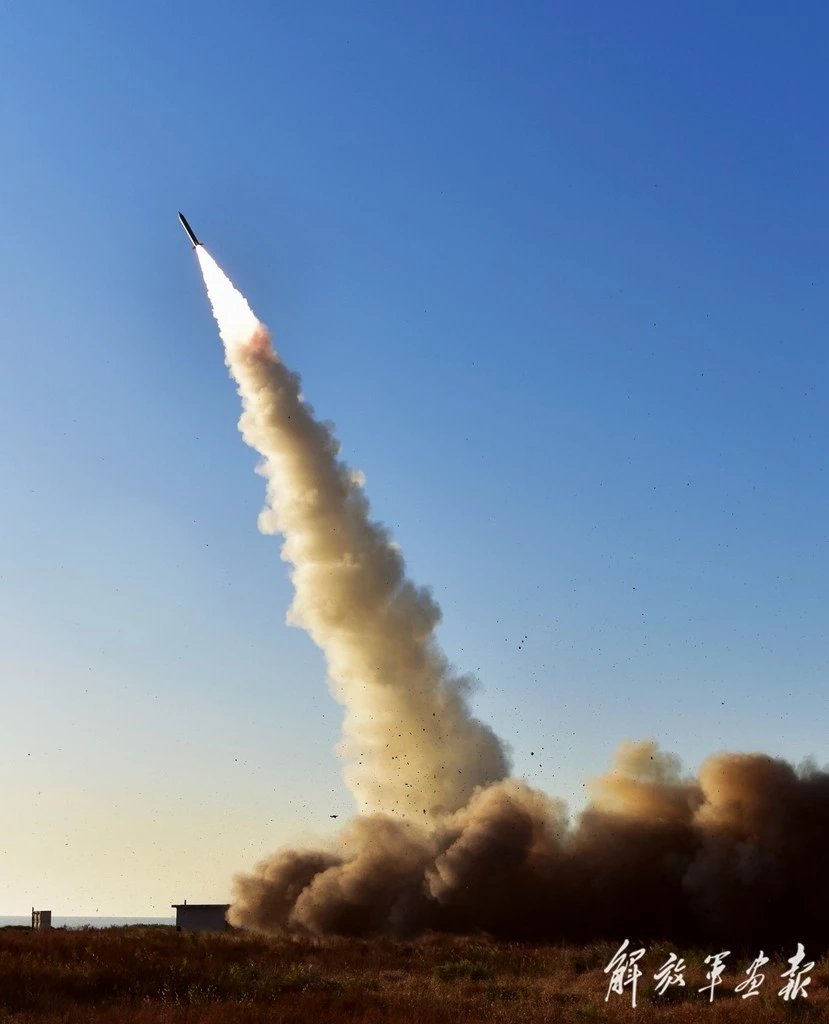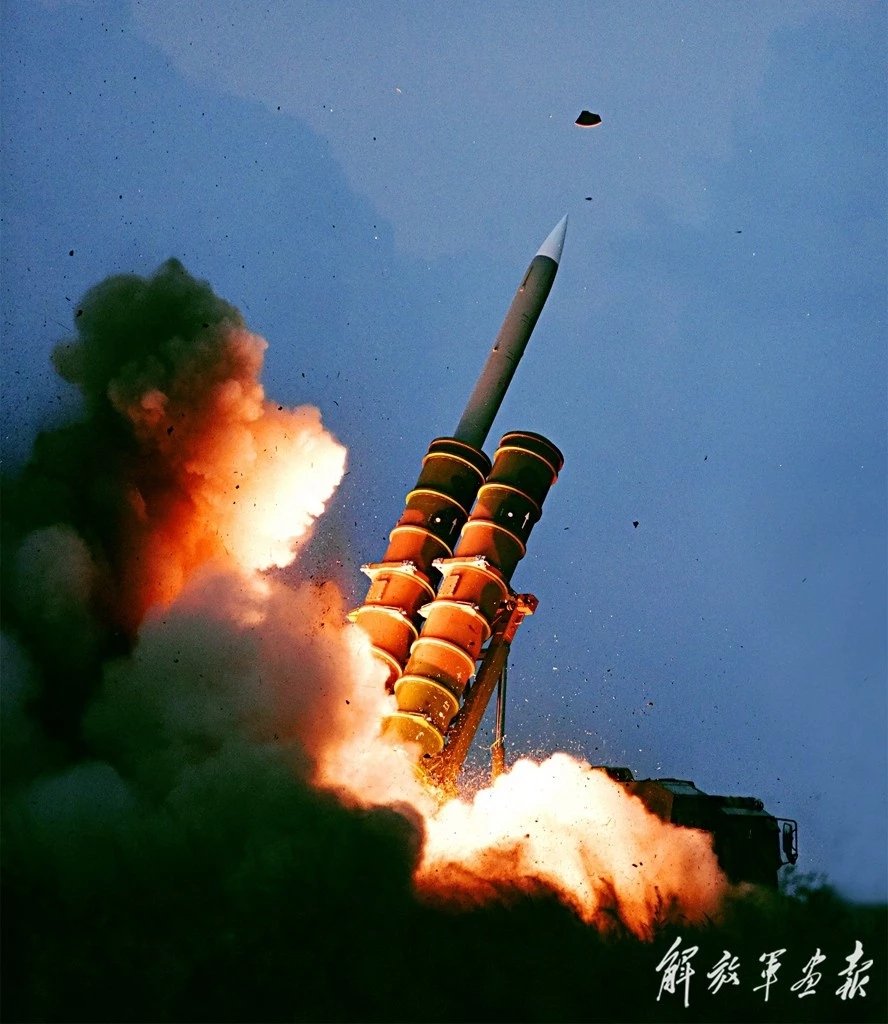vesicles
Colonel
Sorry for being out of topic - is someone able to translate this inscript?View attachment 49237
The phrase means “innovation”.
Sorry for being out of topic - is someone able to translate this inscript?View attachment 49237




That is an issue to be levied with most SAMs of Russian/Chinese of whose origins which dates back before the 1990s . To be fair most of the SAMs they deploy has a bigger warhead compared to Western SAM systems, but that does not explain away the extra bulkiness of the entire missile.Surprised at how relatively short ranged it is for something so big.
What short range, 175km is not short by any mean I don't know what you mean by short? Even HQ 9 is only 200 to 250 km. The export version is 100 kmSurprised at how relatively short ranged it is for something so big.
What short range, 175km is not short by any mean I don't know what you mean by short? Even HQ 9 is only 200 to 250 km. The export version is 100 km
The HQ-22 has large kill airspace ranges up to 150-170 km at an altitude from 50 to 27,000m which super adaptive anti-jamming capacity with several anti-jamming measures.
The HQ-22 have FK-3 export version. It is capable of intercepting various targets like fixed-wing aircraft (including UAV), cruise missiles, tactical air-to-surface missiles, armed helicopters, etc. Killing zone: slant range 5km-100km/altitude 0.05km-27km.
【新一代地空导弹】空军地空导弹兵成立60周年之际,解放军报记者部在报道中提及:“空军地空导弹兵按照‘强防空、拓反导、促防天、成体系’的建设发展思路,引进新一代地空导弹装备”——除首次公开新一代地空导弹装备情况外,这也是“防天”一词首次被用在描述解放军地防体系上。
空军参谋部地防局:空军地空导弹兵正在由传统“国土防空型”向“防空反导防天型”转变。


He said "how relatively short ranged it is for something so big." Which in this case holds some water. The exact specifications of the HQ-22 missiles as to their length, width and weight is unknown but seeing as it can trace it's lineage back to the HQ-9 we can make a reasonable assumption that it totals out as such :
1) Length=6.8m
2) Width= 700mm at the widest
3) Weight= Around 1300kg
In comparison, other SAMs like the SM-6 has a weight of 1500kgs, a length of 6.6ms, and a width of 530mms max, with a range of 250km and a operational altitude of 34,000m. One can make the completely sound argument that the extra 200kgs is relegated to fuel for the missile, but it does not change the fact that the SM-6 is a sleeker and slimmer missile in comparison with the HQ-22.
